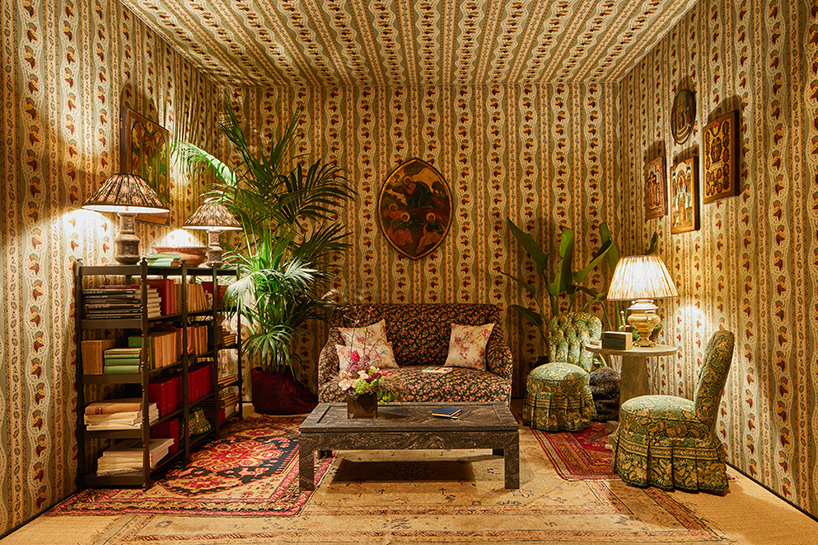Fabric, one can say, might be the most underrated element in interior design; since one normally tends to think of furniture, lighting, etc. Fabric is in fact, one of the core elements of interior design.
Fabric adds colours to the interior, whether home or office. The colours can vary according to the place – bright, warm colours for homes and dark, subtle hues for offices. Fabric colour should be chosen in accordance with the furniture since the blend of those two adds to the overall effect the theme of the interior suggests. Normally offices go for plain, solid coloured fabrics whereas one can expect fabrics of different patterns and designs for homes. The designs can vary from traditional, embroidery, cross-stitch, etc.
While choosing the fabric for any element, one should keep functionality in mind. Hospitality sector ie hotels, restaurants, hospitals, etc require fabric that is reusable yet sturdy. Silk can’t be used as covers for furniture such as sofa, chairs, etc. Similarly, one can’t use acrylic curtains. While at this, one should also keep in mind the possibility of damage the fabric might have to endure, such as tearing, wearing out due to excessive use, etc. Things like the presence of children, pets, and things that may ruin the fabric should also be thought of.
Fabric is used as covers for furniture like sofa, chairs, mattresses, etc. They can be used as drapes ie curtains as well as bedsheets. It can be used as a cushion and pillow covers, sheets that cover dining tables, napkins, towels, etc.
Here are some fabrics that are regularly used in interior design:
Rayon: Rayon is one of the most commonly used fabrics. It acts as an alternative to silk, with the addition of having a great texture. However, it can get wrinkled easily and should thus be used in places where it won’t be subjected to stress.
Silk: Silk is another popular choice of fabric, mostly used at homes. Silk gives a rich feel to the surroundings and is mostly used in upholstery and as cushion covers, bedsheets, etc. Silk is soft to touch and has a shiny texture. However, it is delicate and prone to stains, so it cannot be used all over the house.
Cotton: Cotton is extremely light and cheap to use, which makes it a popular choice to use for interior design. It can be used in many places and is very good when it comes to dealing with extensive use as it is highly durable. However, like silk, it is prone to stains and therefore, the cotton blend is used instead of pure cotton.
Nylon: Nylon is a versatile fabric that has many uses. Being synthetic, things like resistance to wear and tear as well fading are taken in account during manufacture. Nylon can also hold colour well. However due to its, strong nature, it is used in blends and not in its pure form.
Polyester: Polyester is a strong fabric that is normally used as curtains, bedsheets, etc. It is wrinkle-free and thus can be used in many places. Like other synthetic fabrics, it is also used as a blend and not its pure form.
Leather: Leather, like silk, adds a rich feel to the interior. Leather can mostly be seen being used in offices. Leather is used as sofa and chair covers. Leather requires attention since it is natural. Leather can be ruined by water as well as being placed in direct sunlight. Leather can also be scratched and torn easily (that is, if a thin layer is used).
Comfort is one of the most important factors to be taken in account while choosing the perfect fabric for your interior. People have varied tastes according to the feel of the fabric, some may prefer silk while some prefer rayon or cotton. The rate of use of fabric should also be checked since some fabrics can be used for regular use while some for only special occasions.



